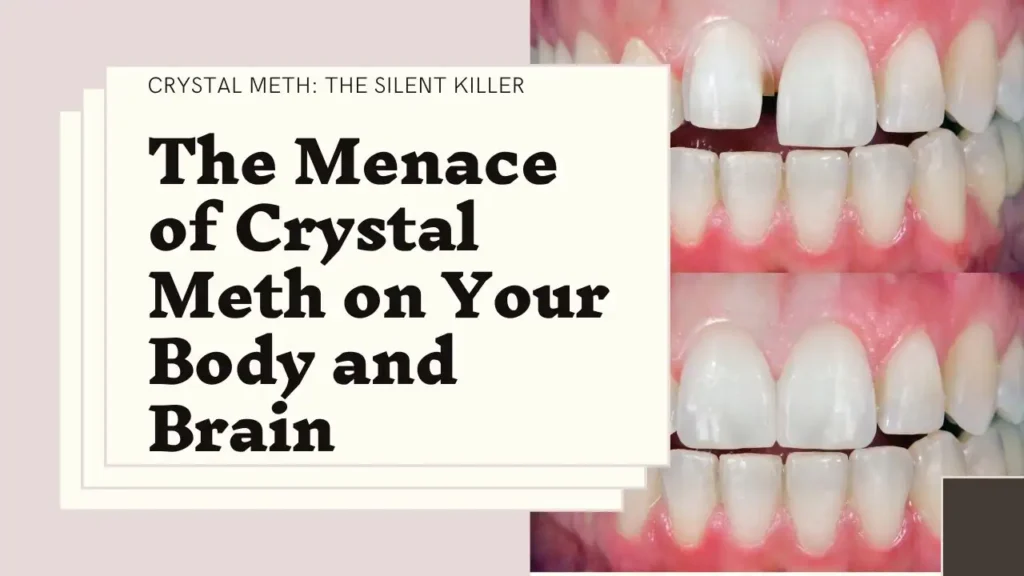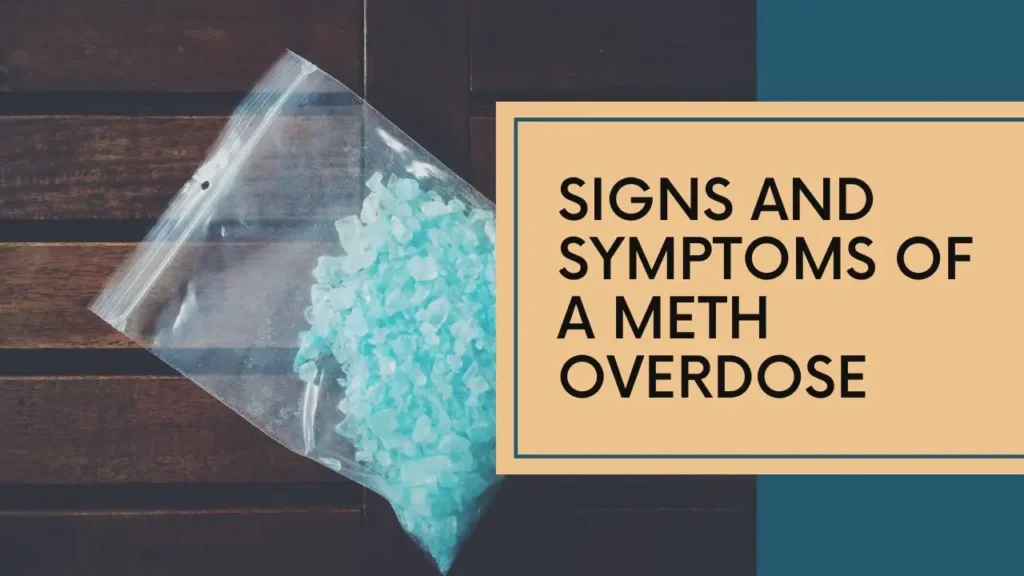Dealing with the far-reaching effects of drug abuse is a complex and multidimensional challenge. For those struggling with or researching crystal methamphetamine, or simply ‘crystal meth,’ understanding its nuances, including the duration it stays in your system, is a critical piece of the puzzle. This comprehensive guide has been crafted to provide a detailed understanding of this potent substance, its metabolism, detection methods, and implications for recovery and treatment. Whether you’re a professional in the field, a concerned individual, or someone looking for help, this post aims to demystify a widely abused and dangerously potent drug.
Introduction
The Menace of Crystal Meth

Crystal meth, also known as methamphetamine, is an immensely powerful central nervous system stimulant. Its impact on the human body and brain is anything but benign — historically used for medical purposes during the early 20th century, it has since become a drug of crisis due to its addictive nature and destructive impact on users. The acute and long-term effects of crystal meth addiction can be catastrophic for the individual and their community.
Understanding Crystal Meth
Demystifying the Substance
Crystal meth is a synthetic, crystalline powder that can be clear, or it can have a blue or white tint. Classified as a schedule II substance, it is illegal unless prescribed by a doctor for specific conditions, such as attention deficit disorders. When misused, crystal meth increases levels of dopamine in the brain, which fosters a sense of euphoria and a surge in energy, but also a devastating crash as the drug wears off.
Effects on the Body and Brain

Its biological effects are complex; the immediate high is followed by an extended period where users may suffer insomnia, decreased appetite, paranoia, and in some cases, aggressive or violent behavior. Long-term use can result in severe dental problems (often referred to as ‘meth mouth’), skin sores, and serious neurobiological complications, with symptoms akin to Parkinson’s disease and an increased risk of heart and mental health issues.
Detection Methods
Peeking into the Body
Several methods can detect the presence of crystal meth in the human body. These range from the standard urine tests and blood screenings to the more specialized hair follicle tests, saliva screenings, and even sweat tests. Each method has its window of detection, which can be influenced by various factors.
Factors Affecting Detection Time

A Matter of Time and Variables
The duration that crystal meth stays in your system is influenced by an array of factors. Metabolism, frequency, and quantity of use, age, weight, and overall health of an individual are just a few variables that can expedite or prolong the detection window.
Metabolism and Hydration
Metabolic rate can either speed up or slow down the clearance of crystal meth from the system. Hydration levels play a significant role, with dehydration potentially increasing the concentration of the drug in the body and hindering elimination.
Half-Life of Crystal Meth

Breakdown of the Drug
The concept of a drug’s half-life is crucial in understanding the detection time. Crystal meth has an average half-life of about 9-24 hours, meaning that every 9-24 hours, half the amount of methamphetamine in the body is expected to be metabolized.
Half-Life Implications
For the practical application of drug testing, the half-life informs the detection window. It suggests that it can take several days for crystal meth to be eliminated from the body completely, especially for chronic users, even after they’ve stopped taking the drug.
Signs and Symptoms of a Meth Overdose

The Acute Threat
Meth overdose can occur with relatively low amounts of the drug, and essentially any route of administration can lead to an overdose. Symptoms include rapid heart rate, irregular heartbeat, high blood pressure, hyperthermia, and in severe cases, convulsions, and death.
Chronic Overdose Consequences
Chronic use of crystal meth at high doses can have equally dangerous consequences, including severe damage to multiple organ systems, neurological breakdown, and even psychological symptoms akin to severe schizophrenia, which may persist after drug use has ended.
Testing Accuracy and Limitations
The Science of Screening
Drug testing for crystal meth aims to be highly accurate, but it’s not infallible. There’s always a possibility of false positives and false negatives, and the reliability can vary depending on the method used and the laboratory conducting the test.
Challenges and Variations
Different testing scenarios, quality of the sample, and environmental conditions can all impact the accuracy of the results. Moreover, certain medical conditions or prescription drugs can sometimes lead to misinterpretation.
Effects of Prolonged Use
The Aftermath
The long-term effects of crystal meth can be catastrophic. Chronic users often experience drastic weight loss, severe dental problems, and significant skin issues. The drug also causes brain damage, leading to memory loss, confusion, and a range of severe psychological effects that can persist long after sobriety is achieved.
Health Risks and Consequences
Crystal meth is not just a drug that gets you high; it is a corrosive chemical that can, over time, break down the body’s very fabric. Heart problems, liver and kidney damage, and a compromised immune system are just a few of the extensive list of health risks associated with long-term use.
Tips for Clearing Crystal Meth from the System
The Road to Recovery
For those looking to cleanse their system of crystal meth, adopting a healthy lifestyle is a key component. Drink plenty of water to stay hydrated, maintain a well-balanced diet rich in antioxidants and vitamins, exercise regularly, and adopt stress-relieving practices for overall well-being.
Professional Help and Rehabilitation
While these tips may help accelerate the elimination process, they’re not a guaranteed solution. The best approach to tackling crystal meth addiction is to seek professional help from healthcare providers, substance abuse support groups, or rehabilitation programs.
Conclusion
Understanding the duration crystal meth stays in the system is crucial for various reasons — from legal matters to personal health and treatment considerations. By sharing this knowledge, we aim to foster a more informed, empathetic community that is equipped to handle the challenges presented by this pervasive drug. If you or someone you know is struggling with crystal meth addiction, seek help. Recovery is possible, and every step taken towards it is a step in the right direction.






